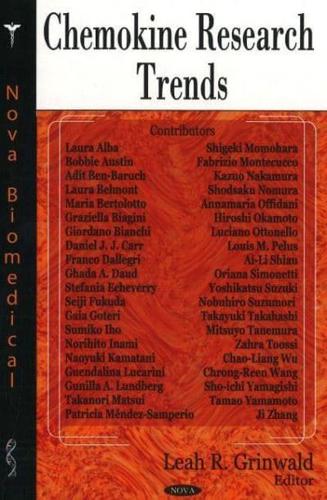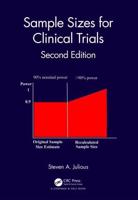Publisher's Synopsis
Chemokines are the cytokines that may activate or chemoattract leukocytes. Each chemokine contains 65-120 amino acids, with molecular weight of 8-10 kD. Their receptors belong to G-protein-coupled receptors. Inflammatory chemokines are released from a wide variety of cells in response to bacterial infection, viruses and agents that cause physical damage such as silica or the urate crystals that occur in gout. They function mainly as chemoattractants for leukocytes, recruiting monocytes, neutrophils and other effector cells from the blood to sites of infection or damage. They can be released by many different cell types and serve to guide cells involved in innate immunity and also the lymphocytes of the adaptive immune system. The cells that are attracted by chemokines follow a signal of increasing chemokine concentration to the site of infection or tissue injury. Some chemokines also have roles in the development of lymphocytes, migration and angiogenesis (the growth of new blood vessels).Since the entry of HIV into host cells requires chemokine receptors, their antagonists are being developed to treat AIDS.












